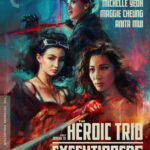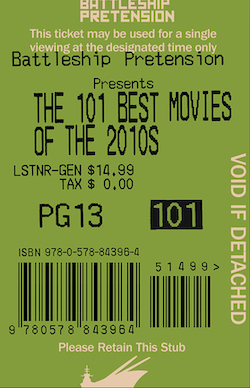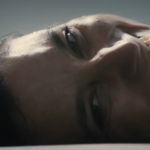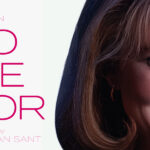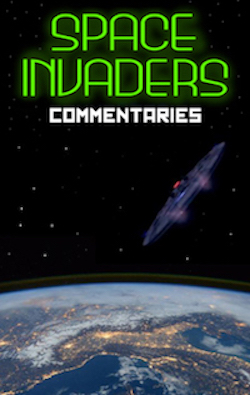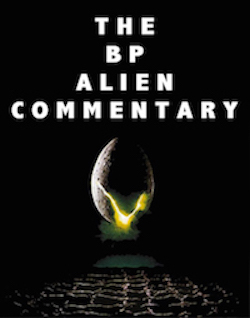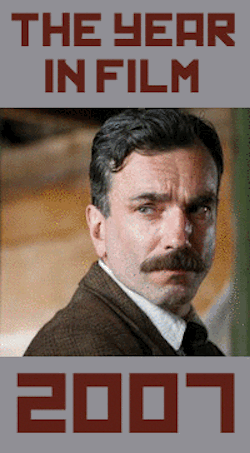Alexander’s Top 10 of 2018
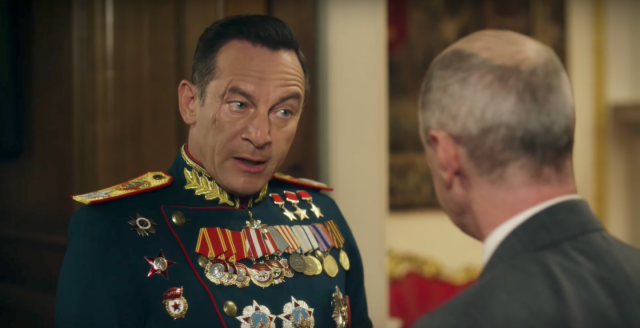
This year we saw a lot in the world of movies. Screen legend Robert Redford retired from a prolific career with low-key crime film The Old Man and the Gun. Steven Soderbergh shot a brilliant little chiller on some iPhones. Hong Sang-Soo made like three movies (as usual). The horror genre had an exciting run of contrasting titles, whether they be original, remakes, reboots or reinterpretations. Joaquin Phoenix was an excellent gunslinger and proved to be equally handy with a hammer. Mamoru Hosoda returned with another sentimental brush of fantasy. And Netflix really wants to be taken seriously. All in all, 2018 was another great year to be a film lover because, like every other year, it was reciprocal and fun.
Honorable Mentions: Knife+Heart, Hereditary, John McEnroe: In the Realm of Perfection, Thunder Road, Support the Girls, The Old Man and the Gun, Before We Vanish, Cold War, Roma, Annihilation, The Rider, A Star Is Born, An Elephant Sitting Still, Overlord, Can You Ever Forgive Me?, Ismael’s Ghosts, Unsane, The Little Stranger, La Casa Lobo, Transit, Upgrade, First Man, Claire’s Camera, Mirai, Leave No Trace, If Beale Street Could Talk, A Simple Favor, Western, Burning.

10. The Death of Stalin
When I first looked up The Death of Stalin, I was apprehensive. American actors spinning the events surrounding Stalin’s death into a farcical comedy? It wasn’t the easiest sell but then I saw the trailer and this odd cocktail seemed like it just might work. After seeing the film, it was apparent that this brilliantly conceived amalgam of satirical revisionist history feels as if it’s destined to make film history alongside classics such as Dr. Strangelove, Duck Soup, Bulworth or even The Great Dictator. The dialogue is expertly punctuated and it’s a rare occurrence when the cast is in such perfect harmony with the material (I’m sure improvisation occurred). Moreover, writer-director Armando Iannucci, who penned the script alongside Fabien Nury, Ian Martin and David Schneider, strikes a perfect tonal melody. The Death of Stalin is vulgar, brash and prone to violence, just like politicians. Along with the laughter and impeccably hilarious dialogue, there are beatings, executions, riots and burnt corpses. We see the fallout that precipitates a regime in transition and, in times of great upheaval, all you can do is recoil in horror or laugh at the absurdity of it all.

9. The House That Jack Built
Lars von Trier, you magnificent bastard, you’ve done it again. You’ve made an audacious epic and, in doing so, you’ve polarized audiences, divided critics and pissed a lot of people off while the rest of us are singing your praises. After a long period of trepidation regarding him and his work (claims of misogyny and his “jokes” about Nazis were a contributing factor), I came to appreciate his odd, often off-putting artistic insights and his most recent effort, The House that Jack Built, is one of my favorites. There are some genuinely cringe-inducing moments and scenes that verge on unwatchable but its construction marks another evolution in the director’s body of work. It started with his Nymphomaniac duology, where his incorporation of stock and archival footage, photographs and, in this case, his own work produce freewheeling essay films that move with a brisk pace, enabling our characters to muse over art, philosophy, religion, war, literature and everything else under the sun in context with the film. It feels like von Trier is reinventing himself, as if to contend with the short-attention span generation by making a fast-moving but lengthy story come to life with his incorporation of mixed media. While it might seem like von Trier is wallowing in a pool of his own perversion, the film is an open condemnation of Jack’s actions. He’s portrayed (by Matt Dillon, who’s magnetic) as a pompous windbag, donning the ridiculous pseudonym “Mr. Sophistication.” He’s an architect and yet he can’t build a house (not one made out of lumber, anyway). Jack is an all-around asshole, and, the director *spoiler* literally condemns him to Hell. Von Trier might have some issues but it’s obvious that he’s not glorifying the actions of his sadistic creation. He’s just doing what he does best: Provocative showmanship.
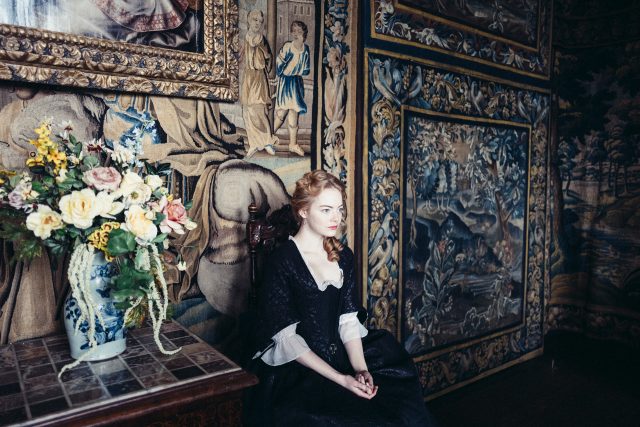
8. The Favourite
If anyone’s of capable of taking the rigid pomposity out of the period piece or “throne drama,” it’s only natural that Yorgos Lanthimos is the one who took the reigns and committed to a stately and regal execution with a gleefully sardonic wit that modernized the material while underscoring its indulgent urbanity. The Favourite is built on defiantly brazen writing and scrupulous direction that’s defined by a quartet of superb performers. Unlike the standard lead/support dynamic, the film is enlivened by the trio of powerful frontline performances by Emma Stone, Rachel Weisz and Olivia Colman. Their chemistry is kinetic whether they’re exchanging catty blows of contention or shimmying their way through the court with feigned sentiment. They are illuminating. Although he’s destined to be dwarfed by the three women, Nicholas Hoult is a charm to watch as the advantageous and preening Robert Harley but, at the end of the day, The Favourite is a delightful exploration in antiquated indulgence and courtly intrigue.

7. The Ballad of Buster Scruggs
Joel and Ethan Coen prove once again that they’re still the best original voices in American cinema. It’s a self-sustained legacy since they arrived with Blood Simple and they keep trucking in their self-styled manner with no sign of slowing. While they’re adept in modern modes of storytelling, their proclivity for mythicism is even more rewarding. And what’s more fitting than the myth of the American West? While True Grit is a masterpiece, it now feels like a warm-up for The Ballad of Buster Scruggs. The scope and structure, both dynamic and straightforward, is the ideal template for the Coen’s wry comedic chops and their proclivity for ironic enterprise plus their darkly funny penchant for stylized violence. The Ballad of Buster Scruggs encapsulates the range of a genre that embraces its machinations with a methodical approach and a painterly sense of pastoral beauty. I knew I was in Coen country when Tim Blake Nelson rides into the first sequence. He’s a cipher of wordplay, music and hyperbolic gunplay. I was laughing while people are riddled with bullets and no one else can shake up such queasy and uproarious laughter.

6. The Other Side of the Wind
If you told me five years ago that Netflix would be responsible for resurrecting Orson Welles’ long sought after unfinished film The Other Side of the Wind, I would have cattily humored the idea while picturing a poorly cobbled assemblage of original footage with new patches and inconsistent audio jumps that clash as hard as those restored director’s cuts that use VHS footage in place of the missing scenes. But would the final product actually resemble Welles vision? Thankfully, The Other Side of the Wind is teeming with Wellesian flair (or as some would say, “tomfoolery”) plus it’s important to note the collaborative spirit and the technological events that brought this movie back to life. The Other Side of the Wind and its very conception is the most perfectly Wellesian summarization of the late director’s career and life. It’s almost as if the good man himself is somehow pulling strings from beyond the grave with his posthumous masterpiece and the long and arduous journey that led to its release. As ludicrous as that sounds, is it impossible to write off? After all, we are talking about Welles. Jokes aside, on its own artistic merits, The Other Side of the Wind is a staggering achievement. Once again, Welles is operating at peak powers and we can see that his aesthetic ambition has progressed to a point where he’s outfoxing his contemporaries with complex, self-referential meta-structure and a shrewd commentary of cinema and the film business. It’s a dizzying swirl of buzzing cameras, boom mics, lenses, shifting color stocks, film speeds and apertures with a Rolodex of cinematic luminaries from the old guard and the new, playing into and away from their personas with jazzy free riffs and improvisations that occasionally steer into surreal territory.
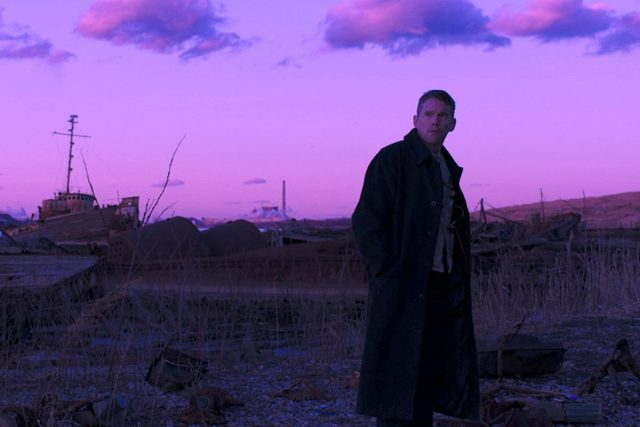
5. First Reformed
Paul Schrader doesn’t get the justice he deserves as a director. His name is always brought up in tandem with Scorsese and his directing credits seem to be an aside for the general public. The tides are turning thanks to First Reformed, a story that could only have issued from the acute sensibilities of Schrader. He’s channeling the work of his idols. Structurally, the narrative is a reworking of Bergman’s despondent masterpiece Winter Light while piecemeal elements from Bresson’s laconic cinema of detachment (especially Diary of a Country Priest) inform the narrative but don’t define the film. First Reformed is steeped in spiritual catharsis and ecological apprehension. It’s a profoundly personal film and yet it’s accessible. While the director’s vision is at the forefront, it’s bolstered by a weighty and remarkable performance from Ethan Hawke, followed by Amanda Seyfried, Philip Ettinger, Michael Gaston and, in a surprising but brilliant stroke of casting, Cedric “The Entertainer” Kyles. Sad, beautiful and emotionally wrenching, First Reformed is the rare kind of film that will hopefully be a remembered as a milestone that will invite more people to explore the work of its writer-director.
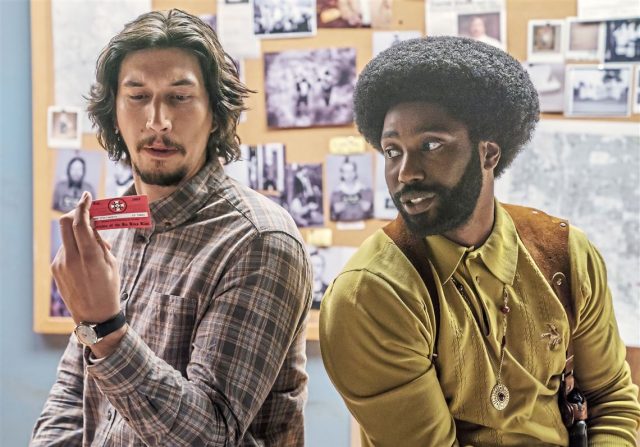
4.BlacKkKlansman
When I saw BlacKkKlansman, I laughed, cheered and cried and, for over two hour,s my attention was fixed to the screen. Spike Lee is doing what he does best; Applying his visionary style to elaborate on a unique chapter in America’s shaky cultural background. While Lee’s work has been steadily compelling, BlacKkKlansman wasn’t so much a “return to form” as a re-invigoration of his political acumen. His career might have veered towards the mainstream with Inside Man and Oldboy but he never ceased to be political. The story, temperament and atmosphere of BlacKkKlansman has that fiery drive that I felt at the heart of Malcolm X, Do the Right Thing and Bamboozled. What I love about Lee is that he navigates traditional structure with unguarded flights of expressionist flare. BlacKkKlansman is in the spirit of Lee’s best work because he’s not afraid to break some rules, play outside the lines and deliver a gut punch epilogue that reaffirms his place as one of the cinema’s most outspoken artists.

3. Suspiria
In 2017, we saw, in my opinion, one of the most artistically rewarding sequels of all time with Blade Runner 2049. Then, in 2018, the conceptual framework of a remake was pushed to its cresting summit by Luca Guadagnino with his fearlessly conceived and endlessly compelling Suspiria. In so many ways, Dario Argento’s original chiller was the perfect horror film to reimagine. This is a title not beholden to a franchise, eschewing referential directives and winking homage. Furthermore, the reputation surrounding the 1977 original (and Argento’s overall aesthetic approach) is unapologetically style-forward, enabling narrative elbow room while lending Guadagnino more than a blank check but a broad canvas to play on. The result, one of the most original and innovative horror films to have ever emerged, has the artistic roar that horror films desperately need, a fearless sojourn into the darkly mystical traditions of witchcraft that elaborates both the terrifying and seductive nature of evil. The film is firmly planted in a specific time and place. The historical connotations of its Berlin during the German Autumn provide yet another unexpected layer of depth that makes Suspiria an unforgettable and bold cinematic journey helmed by a director whose sheer ambition might have alienated a wider audience. Oh well, their loss.

2. Shoplifters
2017 and 2018 have been an especially interesting period for Hirokazu Koreeda because he veered from his recognizable M.O. in a crime drama with The Third Murder and reached a career pinnacle with Shoplifters shortly afterward. While The Third Murder is a decent and well-made murder mystery, Shoplifters, the touching, soulful humanist drama, is still the more thrilling and exciting film. What does that say about Koreeda? It means that he’s a director who is operating on an instinctually refined level, where he and his frequently collaborating cast members spin a warm but uneasy family drama. Here, Koreeda’s narrative centers on an informal family of social outcasts. Though surrogates, the Shibata family has the warmth and conflict that typifies the director’s touching wit. But Shoplifters jumps a few paces. The urgency and dramatic gravitas are elevated and yet the film never wavers but rather builds a deeper core, one that stands as one of Koreeda’s greatest achievements.

- Ash is Purest White
Jia Zhangke is a rare case in modern cinema. Lyrical, modern and political, his more recent narratives (Mountains May Depart, A Touch of Sin and, of course, Ash is Purest White) traverse time and locale, making his work artistically transcendent and, in the best sense of the word, unpredictable. Ash is Purest White starts and I thought, “This is like a pre-handover John Woo action film but with consequences.” The film starts in 2001, introducing Qiao (Tao Zhao) and her lover/gangster boss Bin (Fan Liao). Bin is as feared as he is respected, an old school embodiment of a screen tough guy. He’s tough but we get that Qiao is tougher. In the first act, there’s the jianghu/gangster rituals, brokering with other factions and sharing drinks with fellow hoodlums. There’s romance and the mechanics of the underworld. Even Sally Yeh’s song from The Killer plays in the background. However, when things get violent, and Bin is being beaten, Qiao fires a gun to clear the crowd. In the stylized world of Hong Kong gangster films, gunfire is met with balletic slow-motion shootouts and bursting ribbons of blood squibs. However, Jia’s a mainlander and, in his world, which is rooted in cultural isolation and the undiluted realism of Chinese bureaucracy, the owning and discharging of an illegal firearm puts you in jail for a minimum for five years and that’s what befalls our beautiful and noble Qiao. What happens in the wake of her sentence is a personal journey following her attempts to not only reconnect with her long separated beau but reconnect with a nation that, like Bin, has transformed in her absence. Jia returns to social and ecological concerns that are long-running themes in his films, including the Yangtze river and, more importantly, the monolithic Three Gorges Dam (whose ramifications are one of the nation’s most divisive topics), the shifting consequences of economic progress and the overall immensity of the world and those lost in its constant turning.


